When the Central Cross-Island Highway opened in 1960, it was the first cross-island highway completed under Republic of China rule and the pride of former president Chiang Kai-Shek (蔣介石). The road connected remote areas of Taichung County with Taichung City in the west, and Yilan and Hualien in the east. The mountain village at the heart of this new road network, Lishan (梨山), became a tourism hot spot and the site of two of Chiang’s famous guesthouses. Agriculture flourished and the cold-weather fruit of Lishan became renowned throughout the country.
Disaster struck in 1999, when the 921 Earthquake destroyed parts of the road. After several years of costly repairs, the road was once again damaged by a 2004 typhoon before it had even reopened. The road then remained closed until 2011, when it was repaired and finally reopened, but only to residents of Lishan.
Today, the road can still only be driven on by Lishan residents, and only at specific times each day. However, in 2018, public bus service to Lishan on this road was resumed, allowing outsiders the chance to see a part of Taiwan that had been inaccessible for nearly two decades. By combining this route with the bus between Lishan and Hualien, it is now possible to experience the original Central Cross-Island Highway entirely by public transit.
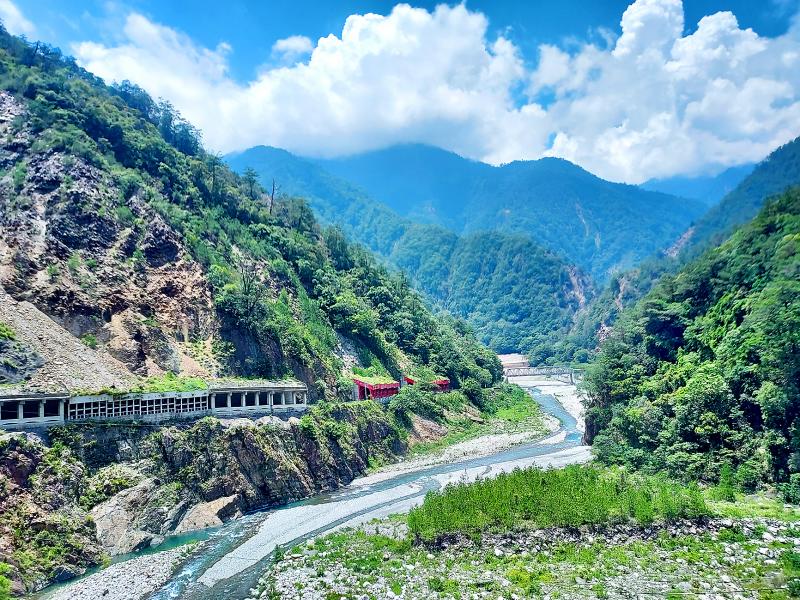
Photo: Tyler Cottenie
The entire route can be done in a single day, but a more enjoyable itinerary would include hot springs in Kukuan (谷關) the night before, some time enjoying the scenery and cool climate of Lishan or a day in Taroko Gorge exploring the national park.
UP TO LISHAN
Bus 865 to Lishan may be boarded in Kukuan three times a day. One of these buses each day actually starts further west in Fengyuan (豐原), providing easier access for train travelers. After leaving from Kukuan, the bus stops rather anticlimactically after a mere five minutes at the checkpoint, where a long line of cars is already waiting. At the designated time, the gate is opened and a pilot car begins leading all the traffic toward Lishan. The bus goes last, followed by a tail car.
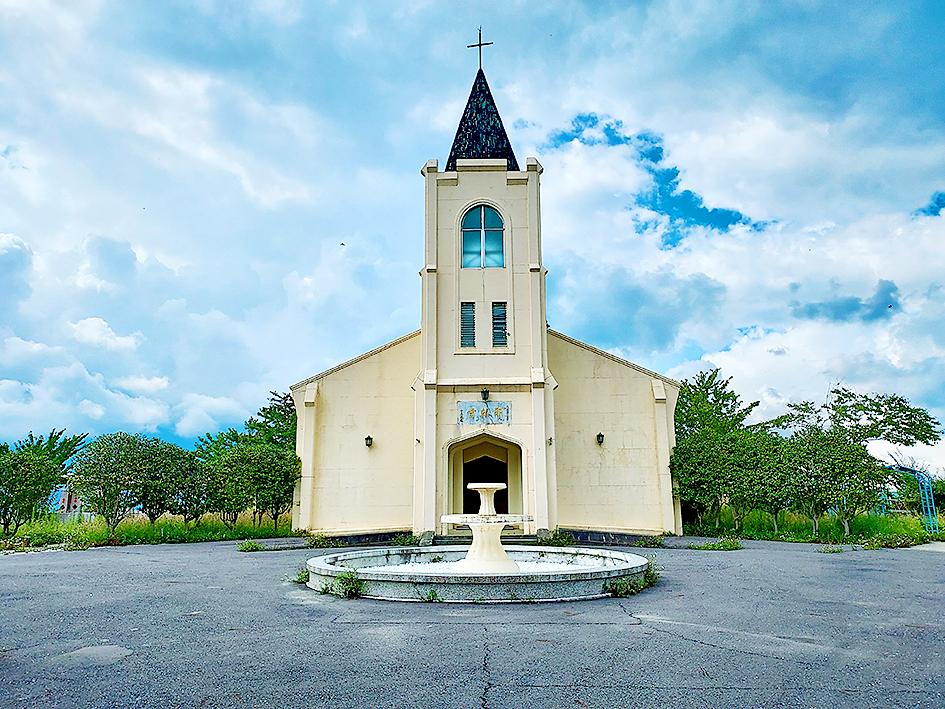
Photo: Tyler Cottenie
The restricted section continues following the Dachia River (大甲溪) upstream among towering peaks that drop straight down to the riverbed. Engineering a road through such unforgiving terrain must have been a daunting task back in the 1950s, and anyone who sets their eyes on the roadside cliffs will find it entirely unsurprising that long swaths of pavement have been wiped out by landslides here over the years.
Halfway through, the road passes by the Kukuan Dam (谷關壩), one of six along this river. The reservoir above this dam is a gorgeous emerald green, and the Cross-Island Highway winds right along its shoreline, providing tourists with exceptional lakeside views. Unfortunately, vehicles are not allowed to stop anywhere in the restricted section of the highway, making photography along the way difficult: few would call the minibus a smooth ride.
The restricted section ends at another checkpoint just after the Techi (德基) Dam. After this point, farms and villages start to appear as the bus follows the equally green Techi Reservoir toward Lishan. Finally, nearly two hours after leaving Kukuan, or three and a half hours after leaving Fengyuan, passengers disembark in front of the Lishan Guesthouse (梨山賓館).
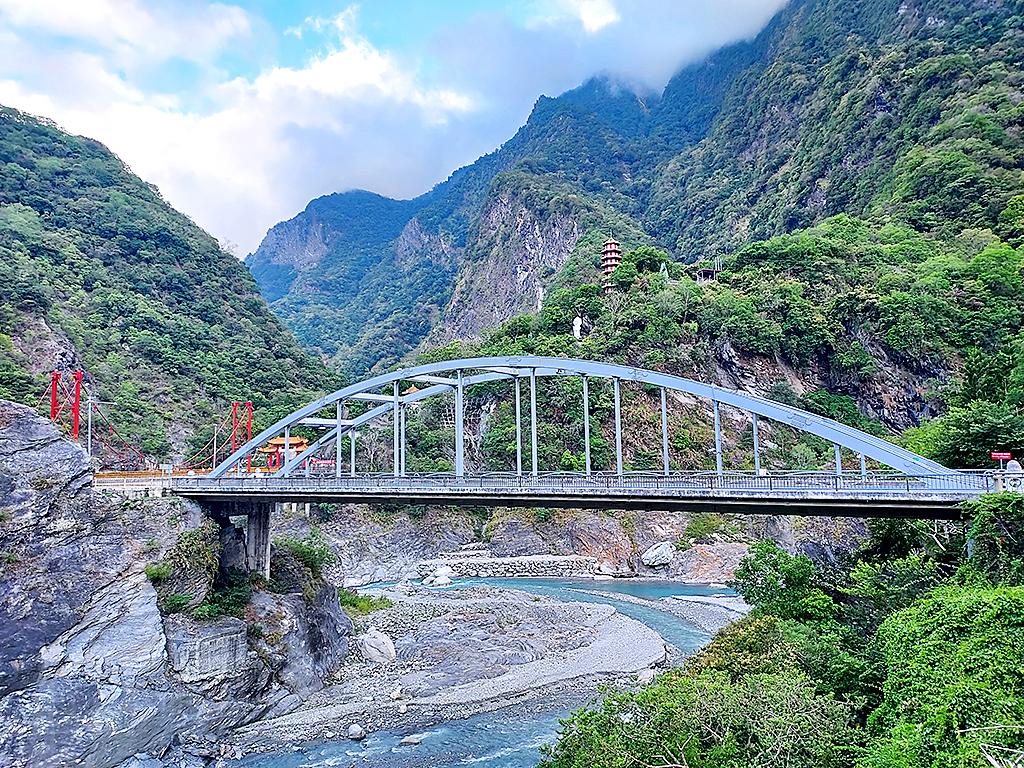
Photo: Tyler Cottenie
SLAMAW (LISHAN)
Settlement in Slamaw, the Atayal name for the village, began centuries ago, but a large influx of soldiers sent here to become farmers after the Chinese Nationalist Party takeover of Taiwan changed the landscape forever. The area saw widespread development of pristine mountain lands into agricultural land, a practice that continues to this day.
The elevation here is around 2,000 meters, creating a cooler climate that is well suited to growing fruit native to more northerly latitudes. Lishan is most well known for its fruit, with one crop after another ripening from June through to the end of the year: plums, peaches, pears, crispy pears, apples and persimmons.
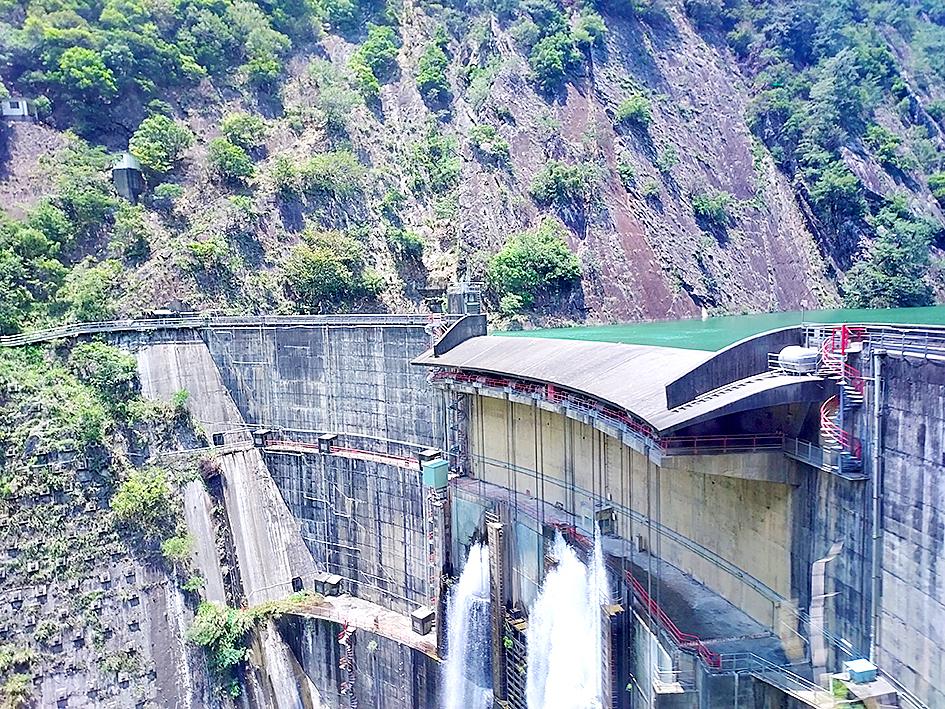
Photo: Tyler Cottenie
The Fushoushan Farm (福壽山農場) is just up the road from Lishan, accessible by regular shuttle. It is a busy place in winter and spring, with visitors flocking to see the cherry blossoms and views of snow-capped Snow Mountain in the distance. The farm features gardens, ponds and one of Chiang’s guesthouses.
In the village itself, there is another of these guesthouses just behind the bus stop: the Lishan Guesthouse. Built in traditional Chinese style, the red columns, tiled roof and sheer size of this building make it Lishan’s most important landmark. The nearby Family Mart is a curious oddity, abandoning the familiar green sign and tiled exterior in order to mimic the traditional Chinese style of the guesthouse.
DOWN TO HUALIEN
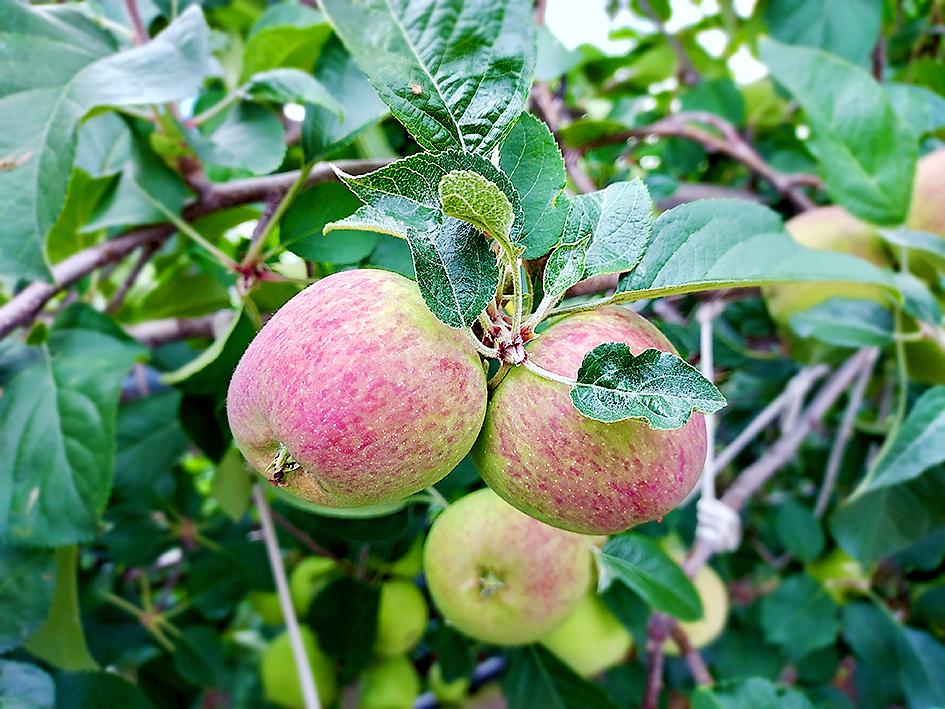
Photo: Tyler Cottenie
Bus 1141 down to Hualien leaves mid-afternoon from in front of the Lishan Guesthouse. It passes through the village before turning south and entering Nantou County, continuing its climb up to the road’s highest point at 2,565 meters. Here, a one-lane tunnel pierces a low mountain ridge, spitting motorists out into Hualien County on the other side at Dayuling (大禹嶺).
Turning west here takes one up to Hehuan Mountain, down to Puli and eventually back to Taichung. This was the route the bus to Lishan used to run before it was allowed on the restricted section of the old highway, and it is still the only way for non-residents to reach Lishan from Taichung driving their own car. This circuitous route through Nantou and Hualien, then back through Nantou into Taichung, makes a round-trip to Lishan hours longer.
Bus 1141, however, turns east here to continue along Route 8 toward Taroko Gorge and Hualien. This scenic descent into and through the gorge is ideally done by car, bicycle or scooter, affording one the freedom to stop and enjoy the sights along the way.

Photo: Tyler Cottenie
However, for those without their own transport or those wanting to complete a one-way cross-island trip, the bus is a viable option. What’s more, at least one of 1141’s drivers likes to make unscheduled stops along the way down, letting passengers off to take photos at scenic points like the Bilu Divine Tree, a three-thousand-year-old roadside cypress. Whether this is because he enjoys playing tour guide or just because it allows for smoke breaks is of little importance; if you are lucky enough to be on his bus, you may still have the chance to shop for high-elevation fruit and take scenic photos along the way.
A final enormous switchback finally takes Route 8 out of the high mountains and down into Taroko Gorge. From the top of this switchback there is a breathtaking view of Tiansiang (天祥) far below, only 800 meters ahead, yet eight kilometers away by road. The 1141 continues on to Hualien, but some may wish to spend a night in Tiansiang and explore the national park the next day on the local tourist buses. Either way, all buses leaving the gorge eventually pass through Sincheng (新城), where you will finally reach the end of your Central Cross-Island Highway journey.
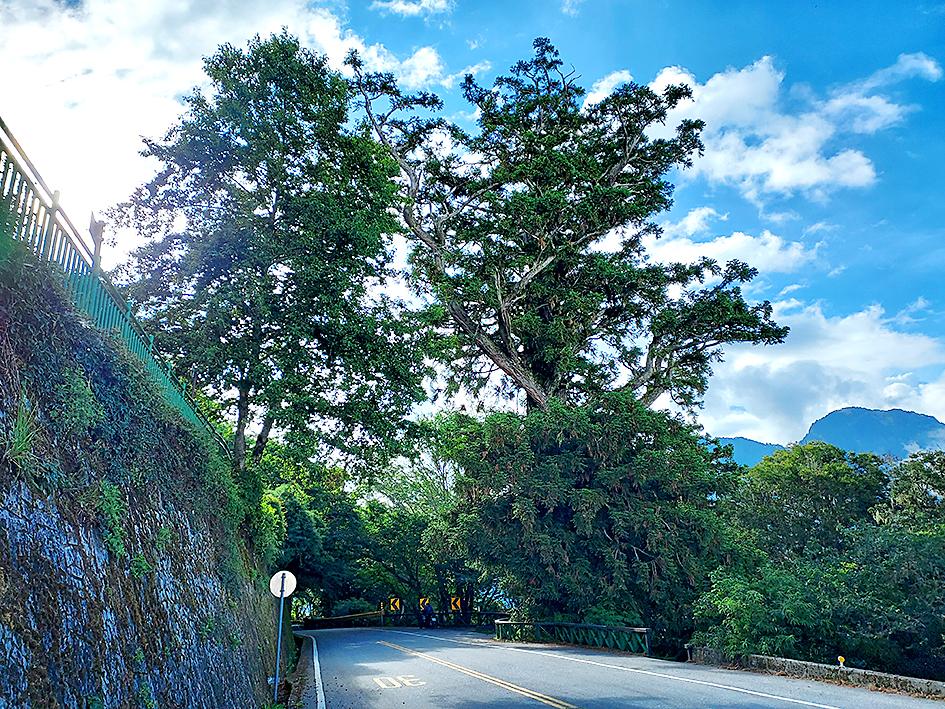
Photo: Tyler Cottenie

Following the shock complete failure of all the recall votes against Chinese Nationalist Party (KMT) lawmakers on July 26, pan-blue supporters and the Chinese Communist Party (CCP) were giddy with victory. A notable exception was KMT Chairman Eric Chu (朱立倫), who knew better. At a press conference on July 29, he bowed deeply in gratitude to the voters and said the recalls were “not about which party won or lost, but were a great victory for the Taiwanese voters.” The entire recall process was a disaster for both the KMT and the Democratic Progressive Party (DPP). The only bright spot for

Water management is one of the most powerful forces shaping modern Taiwan’s landscapes and politics. Many of Taiwan’s township and county boundaries are defined by watersheds. The current course of the mighty Jhuoshuei River (濁水溪) was largely established by Japanese embankment building during the 1918-1923 period. Taoyuan is dotted with ponds constructed by settlers from China during the Qing period. Countless local civic actions have been driven by opposition to water projects. Last week something like 2,600mm of rain fell on southern Taiwan in seven days, peaking at over 2,800mm in Duona (多納) in Kaohsiung’s Maolin District (茂林), according to

Aug. 11 to Aug. 17 Those who never heard of architect Hsiu Tse-lan (修澤蘭) must have seen her work — on the reverse of the NT$100 bill is the Yangmingshan Zhongshan Hall (陽明山中山樓). Then-president Chiang Kai-shek (蔣介石) reportedly hand-picked her for the job and gave her just 13 months to complete it in time for the centennial of Republic of China founder Sun Yat-sen’s birth on Nov. 12, 1966. Another landmark project is Garden City (花園新城) in New Taipei City’s Sindian District (新店) — Taiwan’s first mountainside planned community, which Hsiu initiated in 1968. She was involved in every stage, from selecting

The latest edition of the Japan-Taiwan Fruit Festival took place in Kaohsiung on July 26 and 27. During the weekend, the dockside in front of the iconic Music Center was full of food stalls, and a stage welcomed performers. After the French-themed festival earlier in the summer, this is another example of Kaohsiung’s efforts to make the city more international. The event was originally initiated by the Japan-Taiwan Exchange Association in 2022. The goal was “to commemorate [the association’s] 50th anniversary and further strengthen the longstanding friendship between Japan and Taiwan,” says Kaohsiung Director-General of International Affairs Chang Yen-ching (張硯卿). “The first two editions